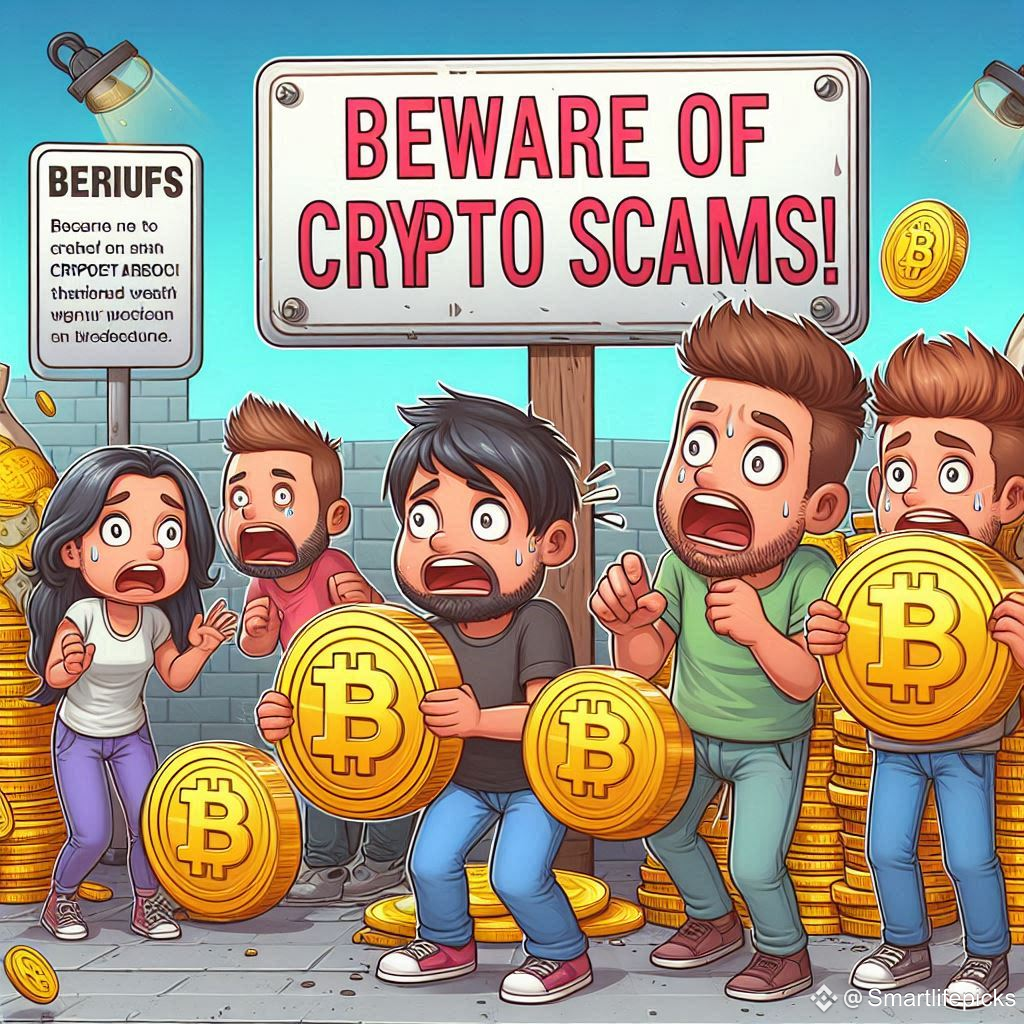In recent months, the crypto world has seen an alarming surge in scams — from fake airdrops and phishing attacks to deepfake influencers pushing fraudulent projects. According to a July 2025 report by Chainalysis, global losses to crypto scams have crossed $4.3 billion in the first half of the year, a sharp 27% increase compared to 2024. This disturbing trend has led to a rising wave of distrust among new investors and questions about how platforms and communities can respond more aggressively.
 🚨 News: Scams Are Evolving Faster Than Security
🚨 News: Scams Are Evolving Faster Than Security
The most recent scam trend involves AI-generated personalities promoting fake tokens, often mimicking well-known figures in crypto. One such case involved a deepfake of a popular crypto YouTuber promoting a “guaranteed 10x” presale on Telegram. Victims lost thousands within hours.
Meanwhile, phishing websites that mimic Binance, MetaMask, and other major wallets have become increasingly convincing. They often use paid ads or cloned URLs to trick users into entering seed phrases — leading to complete wallet drains.
💬 Opinion: Education Must Beat Hype
Crypto isn’t inherently unsafe — it’s the lack of awareness that makes people vulnerable. Influencers and platforms should prioritize education over hype. We need more tutorials about wallet safety, smart contract permissions, and red flags of Ponzi projects.
Also, DYOR (Do Your Own Research) is not enough anymore. The scams have become so sophisticated that even seasoned users fall prey. What we need now is community verification systems, alert bots, and perhaps even decentralized scam databases.
📖 Story: How a Smart Investor Got Tricked
Ravi, a 32-year-old software engineer from Pune, had been investing in crypto since 2021. He thought he was smart — always verifying tokens on CoinMarketCap and cross-checking contract addresses.
But in June 2025, Ravi joined a Telegram group offering early access to a new DeFi coin backed by “Binance Labs” (it wasn’t). The group had thousands of members and active admins. He trusted it. Within 10 minutes of connecting his wallet to “claim” the tokens, it was drained of $1,800 USDT.
What fooled him? The site looked perfect. The Telegram group had fake engagement. Even the contract was verified. But it was all social engineering.
❓Question to the Community
With the rise of scams getting smarter and more emotional in targeting victims, what new community-based or platform-led solutions do you think can actually work? Should exchanges play a bigger role, or is it up to each user to stay ahead?
#CryptoScamSurge #WalletSecurity #Wallet #crypto #CryptoScams

